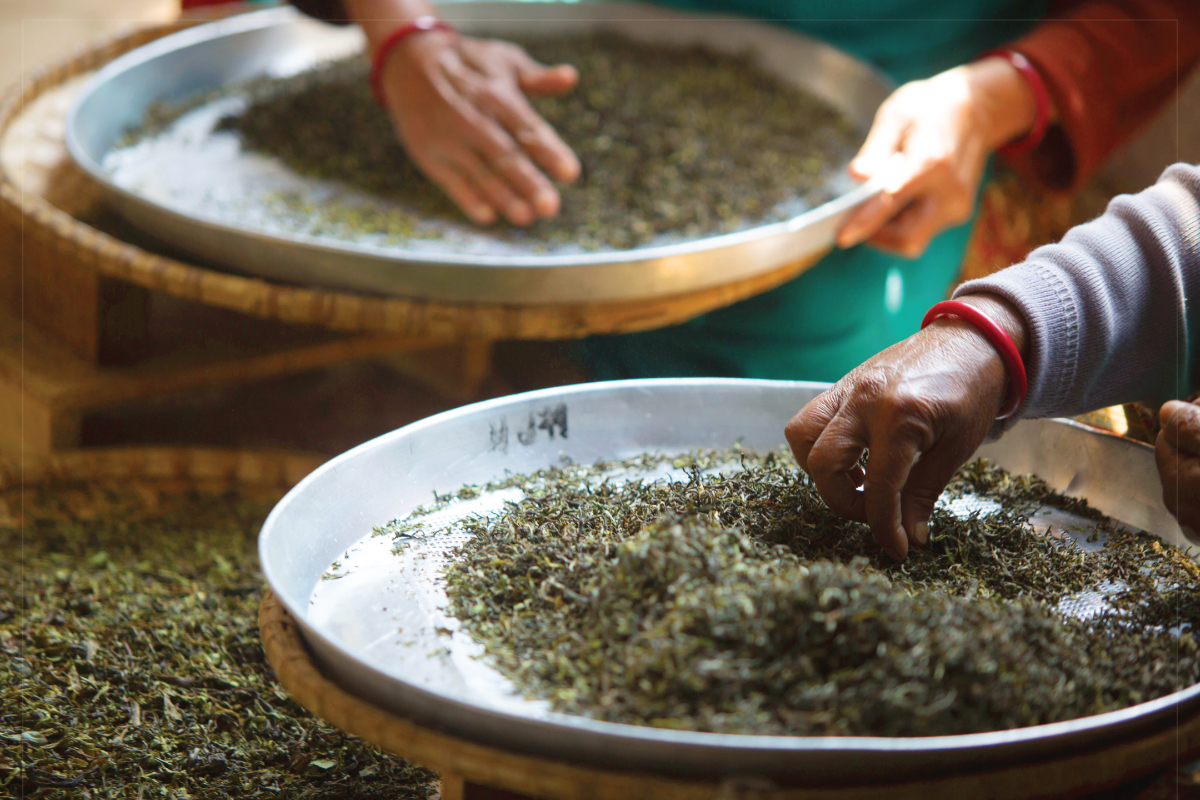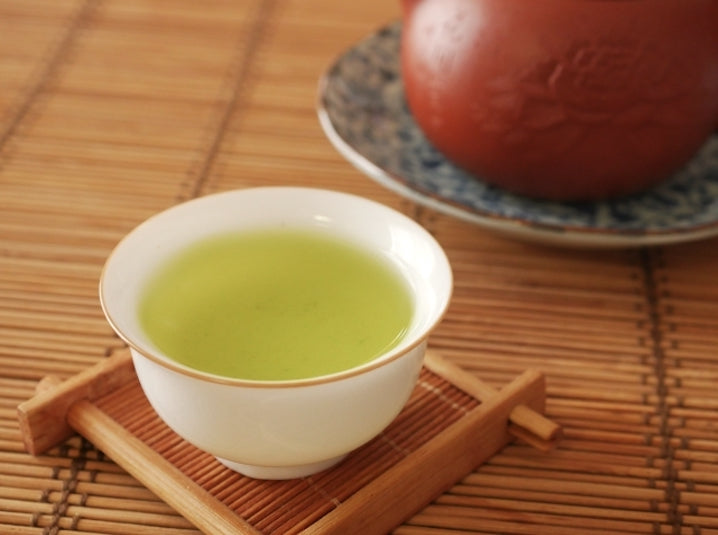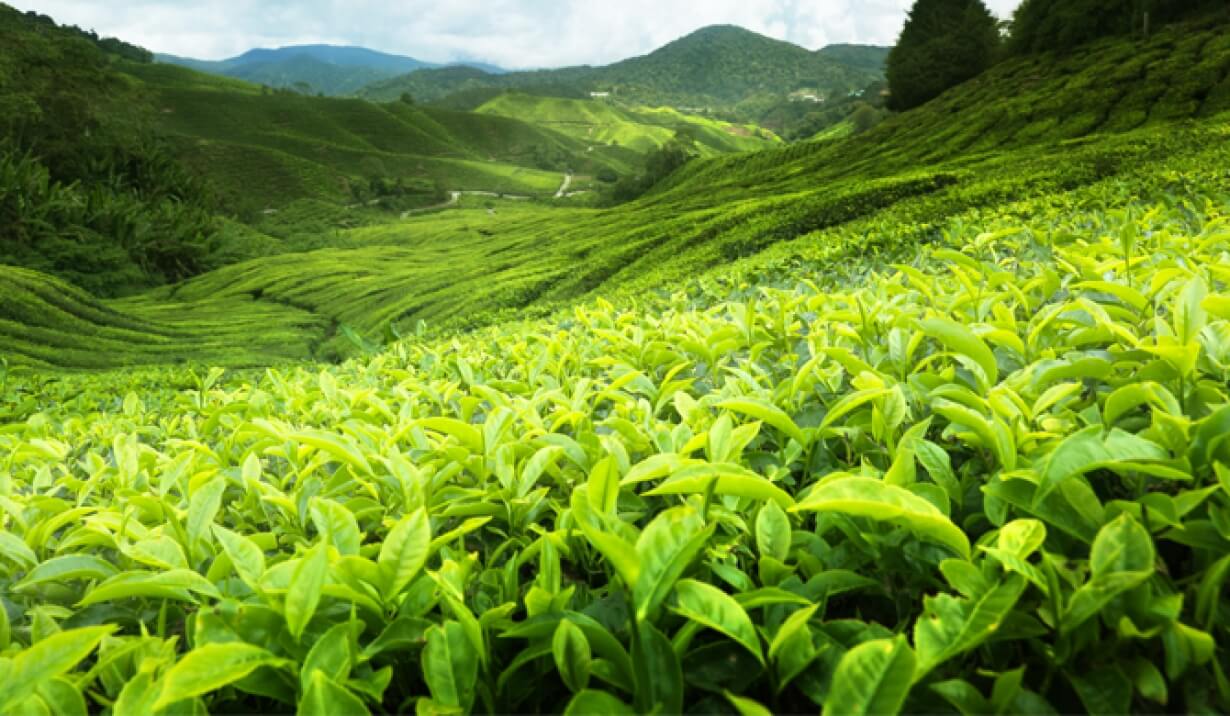The production methods of Taiwanese black teas differ significantly from those in India, reflecting variations in cultivation practices, processing techniques, and overall tea culture. Here’s a detailed comparison:
Cultivation Practices
- Taiwan: Taiwanese black teas are often grown in high-altitude regions, benefiting from cooler temperatures and rich volcanic soil. This environment contributes to the unique flavor profiles of the teas, as the plants develop more complex flavors due to slower growth rates and higher levels of essential oils.
- India: Indian black teas are typically cultivated in diverse climates across various regions, such as Assam and Darjeeling. The Assam region’s hot and humid conditions favor the robust Camellia sinensis var. assamica plant, while Darjeeling’s cooler climate supports the more delicate Camellia sinensis var. sinensis. Indian tea cultivation often emphasizes efficiency, with many estates employing mechanical harvesting methods.
Processing Techniques
- Taiwan: The processing of Taiwanese black teas is characterized by a focus on quality and craftsmanship. After plucking, the leaves undergo a careful withering process to reduce moisture content. They are then rolled by hand or machine, which helps to break down the cell structure and initiate oxidation. Taiwanese producers often employ innovative techniques that enhance sweetness and complexity, such as controlling oxidation levels very precisely. The final step involves drying the leaves to stop oxidation and preserve flavor.
- India: Indian black tea production typically follows two main methods: the orthodox method and the CTC (crush-tear-curl) method. The orthodox method involves hand-plucking and traditional processing techniques similar to those used in Taiwan but often on a larger scale. In contrast, the CTC method is a more mechanized approach where leaves are crushed into small pieces, leading to faster oxidation and a stronger, more astringent flavor profile. This method is commonly used for mass-produced teas intended for tea bags.
Flavor Development
- Taiwanese Black Teas: The emphasis on traditional hand-processing and high-quality leaf selection results in a tea that is often sweeter and smoother than many Indian varieties. Taiwanese black teas can exhibit complex flavors with floral, fruity, or even chocolatey notes, depending on the specific cultivar used.
- Indian Black Teas: Indian black teas tend to have a bolder, more robust flavor profile with pronounced astringency. Assam teas are particularly known for their strong malty flavors, while Darjeeling offers more delicate floral notes but can still be quite robust compared to Taiwanese options.
Conclusion
In summary, Taiwanese black teas stand out due to their meticulous cultivation and processing methods that prioritize quality and flavor complexity. In contrast, Indian black tea production often focuses on efficiency and volume, utilizing both traditional and mechanized methods that result in bolder flavors but sometimes at the expense of subtlety. These differences reflect not only regional agricultural practices but also cultural approaches to tea production.






